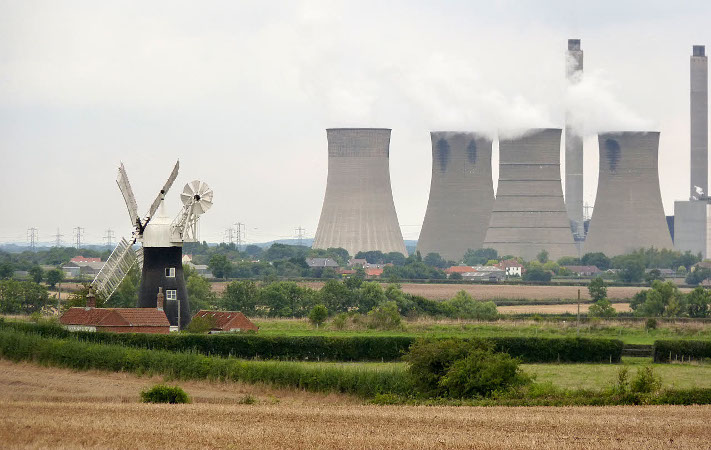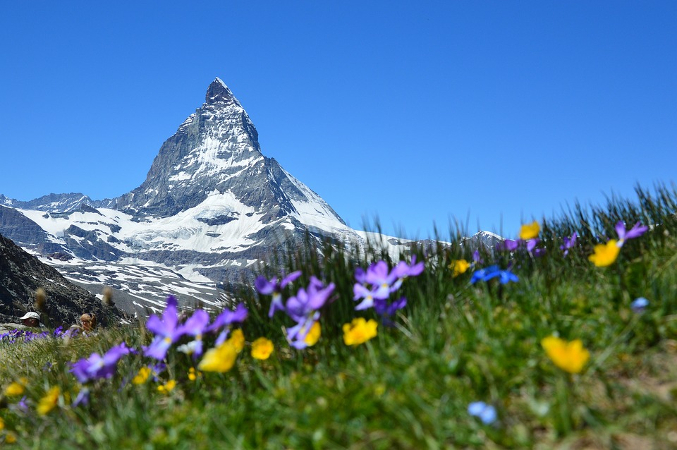This isn’t an anti nuclear rant. As King Coal becomes a pariah we need to find an alternate source of cheap electricity. Annoying windmills and solar power are not going to provide the reliable power that is needed for heavy industry. With every best intention it is just not possible.
The seventies and eighties were all about anti-nuclear. Weapons, power, anything connected was seen as wrong, but now even now some Greens are starting to support the idea of nuclear over fossil fuels for long term, mass power generation. But that isn’t going to work either. For a number of reasons.
We want power, but we don’t want a nuclear power plant in our backyard for the very reason of Fukushima, Chernobyl or Three Mile island. When one of the reactors suffers a full of partial meltdown life can get very exciting, very quickly. 30,000 people died at Chernobyl and 2.5 million suffered from the consequences of the fallout. It, and Fukushima and going to be issues to be dealt with for generations.
Everyone knows that the waste product of this generation is dangerous and difficult to deal with. Every three years material from reactors needs to be removed, packaged in some manner, shipped and stored in a stable environment, for the next 300,000 years.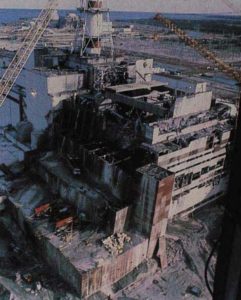
Nuclear waste is a weapon. I’m not talking about weaponising the waste, although that can be done, but by just blowing up a drum of it a dirty bomb in the right place could kill millions. There are controls over who has access to nuclear fuel, how it is transported and stored. If the world tried to go nuclear, it would only be a matter of time before material was stolen and weaponised.
Uranium is not a finite resource. It has to mined, refined and processed into material for reactors, this process in itself produces masses of waste and emissions which the whole idea of sustainability is trying to avoid. There is not enough Uranium available to power current generators for more than 150 years according to some commentators, much less if other countries start to bring reactors more on line. If the current crop of reactors in the world doubled, the uranium would run out in no more than 100 years, taking any innovations to stretch it out into consideration.
How did we come to this? Nuclear power looks like a good source of power but with some horrendous side effects when things, as they do, go wrong. How did Fukushima go so badly wrong, or Chernobyl, or Three Mile Island. The simple answer is coolant. The reactors require massive amounts of water to keep them cool. Once the pumps stop so does the cooling. That is a simplistic description but is exactly why these reactors fail. Water, or lack thereof. At Fukushima there were backup generators but no-one expected an event such as the Tsunami which took out the safety systems and the back ups in one hit. The reactors produce massive heat to generate power. Without coolant they get hotter until the core melts, also the reaction requires a high pressure environment to sustain the process. At high pressures of up to 2,250 psi things go wrong even more quickly.
The above is a very brief synopsis of the current nuclear reactor. They sound good in theory, but have issues which will mean that they will never be able to supply the planet with the power it needs. They can however be made quite small, which is how we came to be in this position anyway.
The nuclear reactors in use today derived from a design which wasn’t developed to provide domestic or industrial power, instead it was developed to provide power to a nuclear submarine. USS Nautilus was launched in 1954 and used the first pressurized water reactor for the generation of power and steam to run. Nearly all reactors built since then are variations, with some differences in pressures, and enlarged versions of that concept. An idea that was doomed from the start and taken in a direction it should never have gone.
Maybe they picked the wrong reactor, the wrong process and the wrong fuel, for all the reasons stated above and the whole point of the original commercial reactors was not to produce electricity but to produce weapons grade plutonium.
When something goes wrong in a nuclear reactor the situation gets bad, quickly. What is needed is a reactor that if there is a failure of the system, even a catastrophic failure like Chernobyl of Fukushima, instead over overheating and melting down it becomes inert, it shuts itself down into a benign state with out human interference.
If the water fails or the pressure systems fail or the power goes out and, like Fukushima, the diesel generators supposed to provide backup power are flooded and become useless the system shuts down. Like a dead man’s switch. If the switch is released the system shuts off, the failure of the system itself is a safety mechanism from which the only outcome is a safe turn off.
Such a system does exist, in theory and by some experimentation at least. By it’s design it is apparently inherently far safer than conventional reactors. There is an abundant fuel source which is more chemically stable than current fuels. It does produce radioactive waste, but much less and at much lower levels of radioactivity and which has a life hundreds of times lower than conventional waste.
These reactors are cheaper to build and fully scalable, a complete reactor can be transported on the back of a truck and operate and much lower pressures and use much less water than a conventional reactor.
It doesn’t solve all the problems associated with fusion generation, it has it proponents and critics but if Chernobyl and Fukushima had been this type of reactor the results would have been much more manageable.
The reactors in question are called liquid fluoride thorium reactors (LFTR) and with most things of this type there is an abundance of information on the internet, some for it, some against it and like most things on the internet totally confusing. I have no expertise in this area at all. I have never worked in the industry or researched the matter, aside from this blog.
So why blog about it?
From a societal viewpoint we need power. We need clean, cheap power. Not just in the West but in developing nations more importantly.
According to World Health Organisation 3 billion people cook with simple, solid fuel fires and over 3 million people die prematurely each year from respiratory disease caused by them. Solid fuels means anything solid, such as wood or dried dung. How healthy must that be, breathing in the smoke from having to burn dried shit among other things.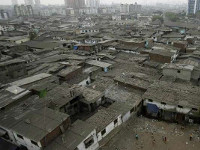
The fact remains that new, trendy, renewable energy sources like wind farms or solar panels are not going to provide the energy the world needs. Fair enough, solar panels may keep a fridge working in sub-Saharan Africa and allow vaccines to be kept for use which is a good thing, but you cannot turn the lights on at the same time. They will not supply the power demands to allow cheap, clean energy in impoverished homes (clean as in it is not shit smoke) and fledgling industries desperately need to pull these people out of poverty.
Do thorium reactors work? I have no idea. Guys like this say not, to the point of vehemently attacking anyone or any article that suggest they might. This guy is a proponent of them, pushing the idea for all its worth. And who am I to disagree with either of them?
We need a source of power; cheap, sustainable and clean power. Renewables aren’t it, not at present, conventional nuclear either for the reasons stated above. New nuclear technology is apparently coming on line which could solve some of the more exciting issues, and then there is the Thorium reactor. A stepping stone on the path to better energy or a dead end?
I don’t believe that there is any such thing as a benign, green power source. Wind farms and solar panels have to be built and the processes involved probably generate as much pollution as a coal fired power station would to produce the same amount of power. Hydro electric is not the flavour of the month in a lot of places so that won’t provide what is needed either.
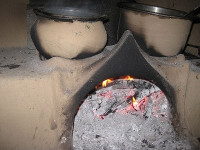 I don’t think that there is a magic bullet solution. We will solve this with a mixture of different ideas, some current, some yet to be considered but each year 3 million people, mainly women, die from a preventable disease which could be prevented if they could use an electric stove.
I don’t think that there is a magic bullet solution. We will solve this with a mixture of different ideas, some current, some yet to be considered but each year 3 million people, mainly women, die from a preventable disease which could be prevented if they could use an electric stove.
